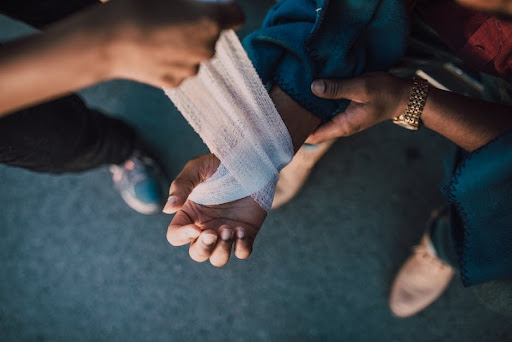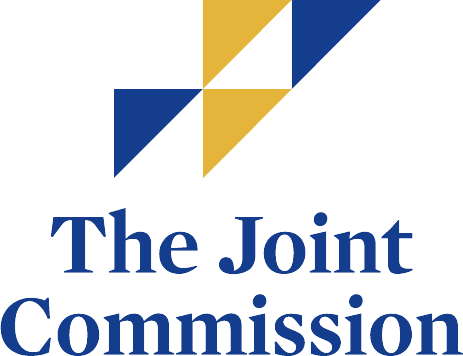Addiction comes in many forms, all falling under two basic types of addiction: physical and psychological/behavioral. Here’s your chance to learn a bit more about each addiction and how they affect an individual.
Physical or Substance Addictions
Physical addictions are the most commonly identified addiction and are better known by most people. In the US alone, over 164 million people over the age of 12 are substance users, with 21.2 million needing treatment for their substance use and abuse.
Physical addiction stems from an emotional need that evolves into a physical necessity in most situations. Addictions start as a way of coping, but after extended use, they can alter one’s internal chemistry and become an expected part of daily bodily functions.

Because there’s an internal chemical need for the addictive substance, removing that substance causes withdrawal symptoms. These include nausea, insomnia, mood swings, anxiety, depression, body aches, chills, shakes, diarrhea, and headaches.
Physical addiction can be for any substance, not just illegal or controlled. Here are some of the substances related to physical addiction:
- Sugar
- Caffeine
- Tobacco/ Nicotine
- Alcohol
- Marijuana
- Prescription painkillers (codeine, Vicodin, oxycodone, etc.)
- Cocaine
- Heroin
- Mood regulating drugs (Valium, Xanax, Ativan, Klonopin, etc.)
- Prescription stimulants (Ritalin, Adderall, etc.)
- Inhalants
- Sedatives (Lunesta, Ambien, etc.)
Psychological or Behavioral Addictions
Unlike physical substance addictions, psychological or behavioral addictions are a set of behaviors on which a person becomes dependent and craves. Because these addictions are less obviously damaging and trackable, many people don’t consider these “real” addictions. The truth is, behavioral addictions are just as damaging to a person’s life as physical addictions.
Behavioral addictions start as a normal action that is overused and abused until it becomes an addiction. Behavioral addictions can include:
- Food (overeating, anorexia, and bulimia)
- Sex
- Social media
- Internet
- Gambling
- Shopping
- Pornography
- Video games
- Exercise
- Kleptomania

Any behavior can evolve into an addiction. When an action is used constantly to ignore, cover up, avoid, or replace normal behaviors, it’s possible to become addicted to that behavior.
While behavioral addiction does not add unwanted or unnecessary substances to the body’s functions, it takes advantage of the natural highs and lows of body self-regulation and is still at its core a chemical addiction.
Rather than being addicted to external physical substances like prescription painkillers, the addict becomes addicted to the adrenaline, serotonin, dopamine, and/or endorphins that are naturally generated by the body.
Addiction Is a Symptom of a Deeper Issue
While there are different types of treatment for addiction, it’s best to understand how to view addiction first. When treating addiction, both physical and behavioral addictions are only a symptom.
Treating addiction as a symptom is easier to understand when you compare it to physical illness. Imagine a doctor meeting with a patient who has a severe cough. They’ve coughed so much that they’ve lost their voice and can’t even sleep at night.
A doctor that is only focused on the cough would give them a few cough drops and call it a day. The patient would take the cough drops and have their symptom temporarily fixed only to continue coughing. The symptom was temporarily addressed, but the larger problem, the cause of the cough, was ignored.
In the same way, some people treat addiction as the only problem. The addict may find temporary relief and sobriety, but without constant white-knuckle attention, the addict relapses. The underlying problem was never addressed, so the addiction resurfaces just like the cough after a cough drop.
To continue the example, a better doctor would see the cough as a symptom of an illness that was affecting the body as a whole. They would run tests to see how sick the patient was, require them to stay in the hospital under observation, and prescribe medications to deal with the underlying illness that caused the cough.
Once that illness is resolved, the cough is also treated. In extreme cases, the cough might be damaging enough that the patient would require additional respiratory therapy, but the main illness is resolved.
This is also true in addiction recovery. True healing comes when addiction is treated as a symptom of a deeper problem. As the core underlying issues (insecurities, anxieties, stresses, and/or traumas) are addressed, there is less need for the addiction. There may be some lingering chemical dependencies but the major motivator of the addiction is resolved.
The Different Types of Treatments for Addiction
There is no silver bullet for addiction. Most successful treatment plans involve a mix of some, or even all, of these treatment options.
- Long-term residential treatment
- Short-term residential treatment
- Medical detox
- Outpatient treatment
- Sober living homes
- Group therapy
- Family therapy
- Individual therapy and counseling
- Cognitive Behavioral Therapy (CBT)
- Rational Emotive Behavior Therapy (REBT)
- Contingency Management (CM)
- 12-step programs
- SMART recovery groups
- Medication-Assisted Treatment (MAT)
- Accelerated Resolution Therapy (ART)
- Eye Movement Desensitization and Reprocessing (EMDR)
- Faith-based treatment
- Biofeedback therapy
- Dialectical Behavior Therapy (DBT)
- Holistic therapy
- Motivational Interviewing (MI)
- Seeking Safety therapy

It takes time to find the right balance of treatments that will work for you or your loved one. There may be a few misses before you find a lasting long-term solution.
You Are Not Alone
It’s common for addicts to feel alone. Even within their circle of friends, there isn’t anyone that really gets what they’re going through or what they’re faced with daily. At Buena Vista, you’re not alone. We understand what you’re going through and will always be on your side to help you become your best self.
We know the most common causes of addiction, which means we know better than to ever think it was your fault you became an addict. We won’t blame, shame, or guilt-trip you at any point. Buena Vista is here to support, encourage, and provide you with the tools you need to stay in recovery.
For a family member of an addict, it can be difficult to live with and help a person with an addiction. That’s why we’re available to help you learn more about the most common signs of addiction as well as how you can help your loved one start their recovery.
Begin Your Journey Today
Get started with your journey of abandoning addiction and transitioning to a life of recovery today. Our goal is to help you, or a loved one, in the recovery journey.




